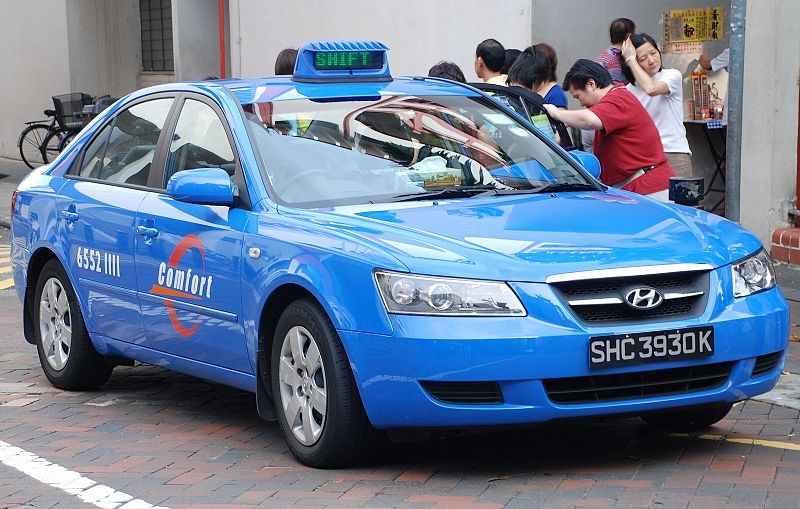
Growing taxi competition trims ComfortDelGro's long-term growth prospects: analysts
The new regulation on ride-hailing companies will not lessen strain on CDG's taxi business.
Analysts have trimmed down growth and net profit expectations for ComfortDelGro (CDG) by up to 4% amidst increasing taxi competition in Singapore.
Also read: ComfortDelGro profits up 1.2% YoY to $75.9m in Q2
Taxi revenue dropped 8.3% YoY due to weaker fleet sizes in Singapore and Australia, and is expected to further decline amidst keen competition from taxi-hailing companies Grab and Go-Jek.
“Taxis [are] key to profit growth in the past five years, but we project declining earnings given increase in competition for drivers from private-hire car companies,” commented Maybank analyst Luis Hilado, adding that CDG has adopted a more defensive stance for its taxi business segment since Uber's exit in May 2018.
The new ride-hailing regulation will not lessen the strain in CDG’s taxi business, although UOB Kay Hian’s analyst Lucas Teng said that things will “largely remain status quo.”
“With the new regulation on ride hail licence for private hires slated to kickstart in June, operators have a more stringent safety requirement although fare charges will remain independently set with no new regulation on restricting fleet size and minimum driver age requirement for private hires,” Teng said.
In addition, Hilado noted that there is room for CDG to accept lower margins to boost driver retention rates in order to maximize its taxi fleet.
DBS analyst Andy Sim stated that based on LTA data, CDG’s fleet contracted to 11,800, down 0.6% compared to December 2018. Both Teng and Sim noted that the group is in the process of switching its fleet mix to the newer hybrid taxis (from diesel), a move that will command higher rental rates and be more fuel efficient. It is also expected to aid in mitigating declines in revenues.
“The group is still looking to switch its fleet mix to the newer hybrid taxis which command a higher rental rate and are more fuel efficient. Currently, it has about 900 diesel-based taxis left,” Teng noted.
In contrast, revenue from the public transport segment rose 7.9% YoY to $723.8m, which Teng noted was driven by fare increment in 2018. Sim added that the segment continues to be the main contributor to group operating profit, accounting for 55% of the total. Successful bid for new rail lines, and temporary rail grant from authorities will sustain CDG’s public transport revenue’s long-term growth.
New acquisitions also propelled revenue increase, but it still has room for growth. Teng noted that the group is still integrating its new Australian business with potential synergies such as IT processes, with benefits yet to be reaped. An analyst report from OCBC stated that Australia bus business revenue is projected to be higher in Q2.
























 Advertise
Advertise






